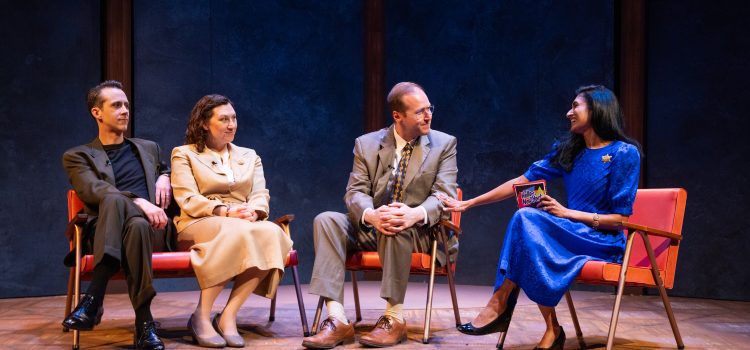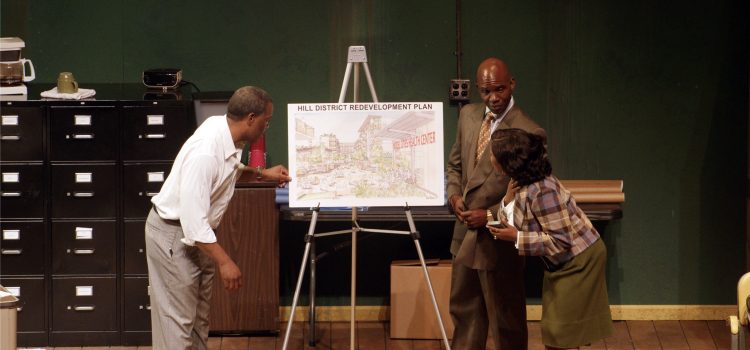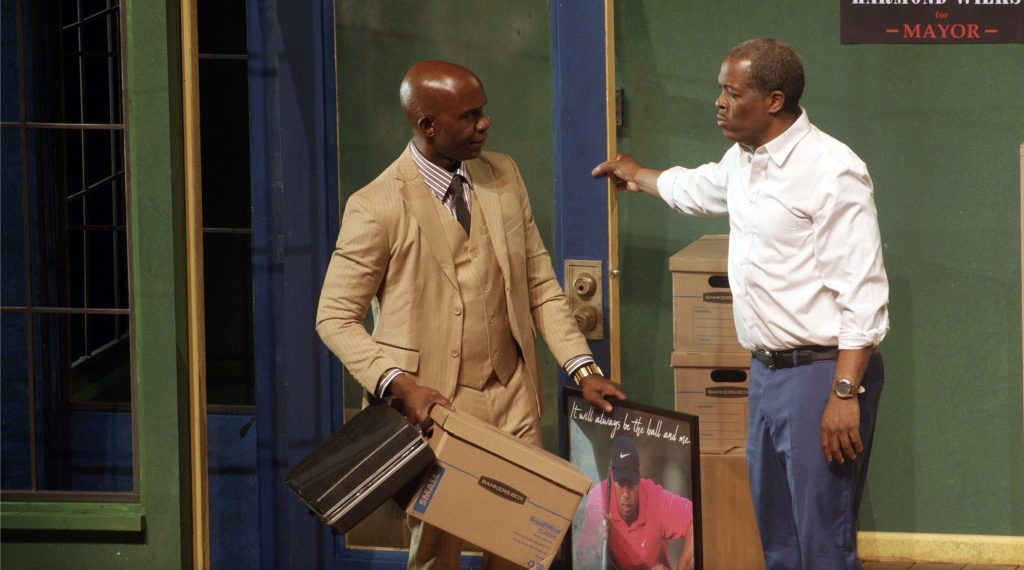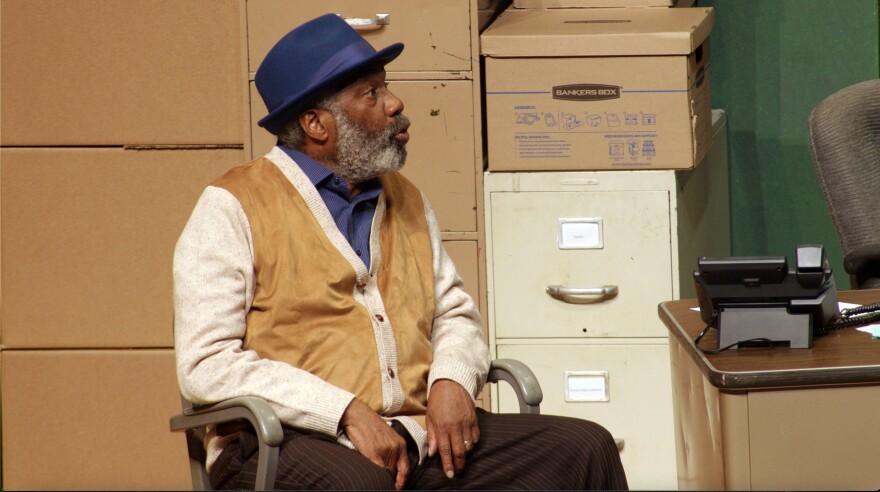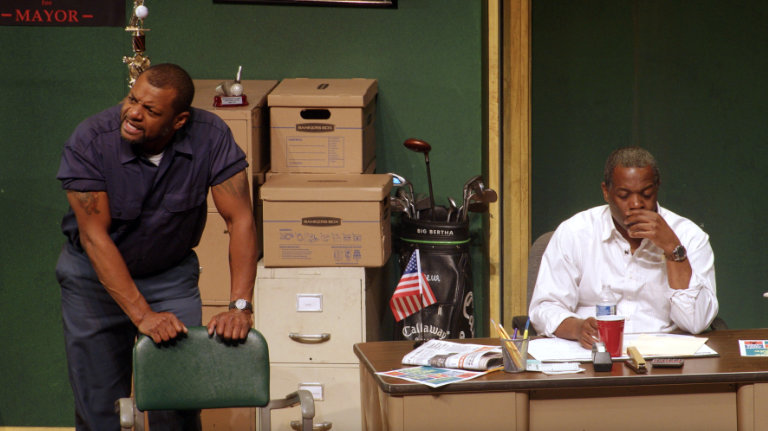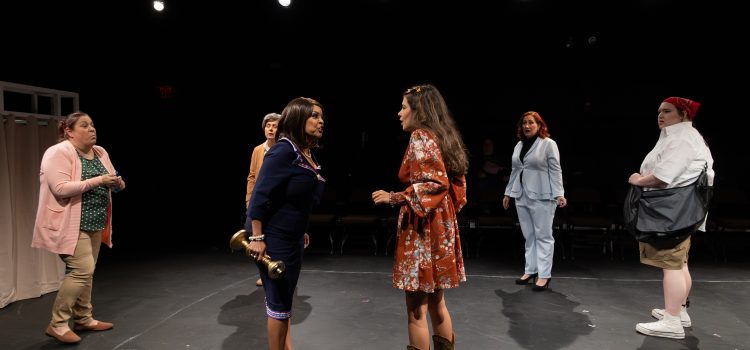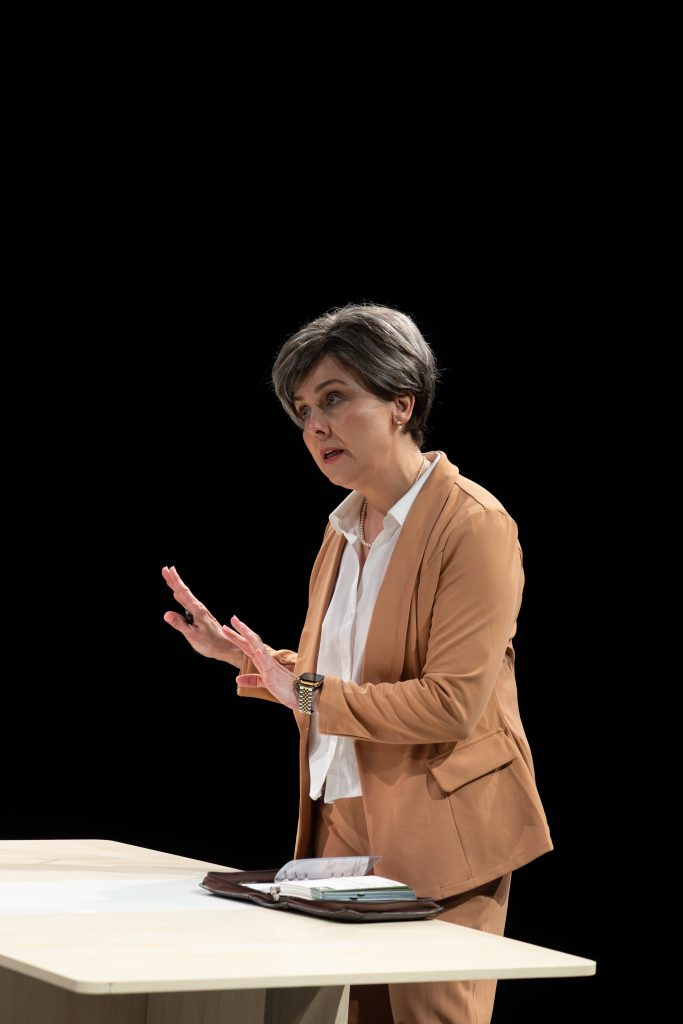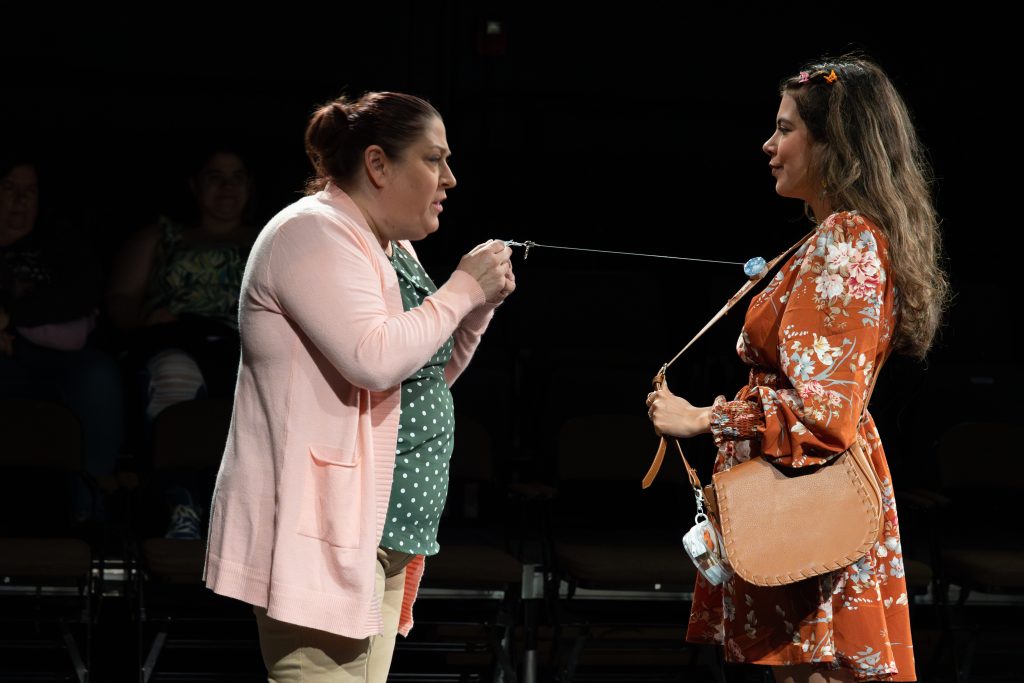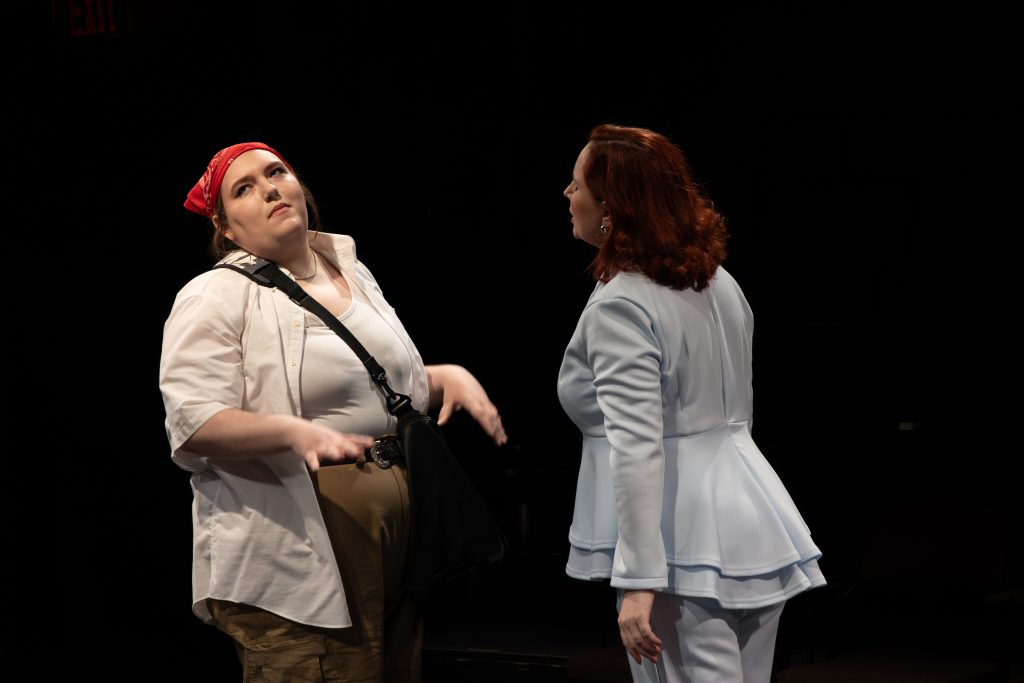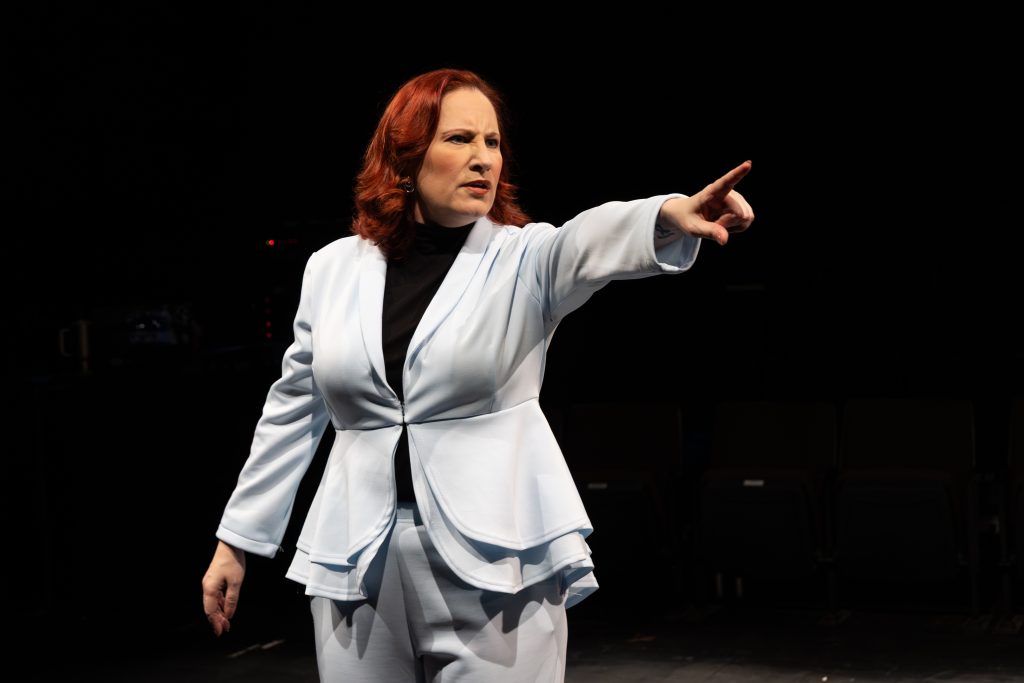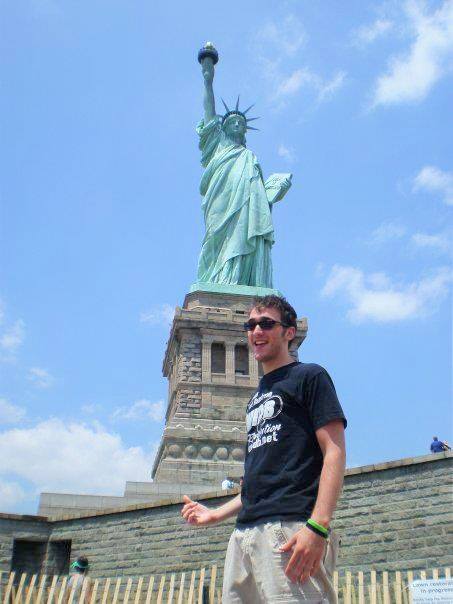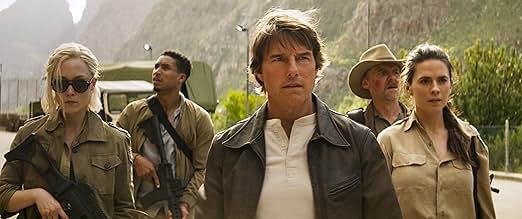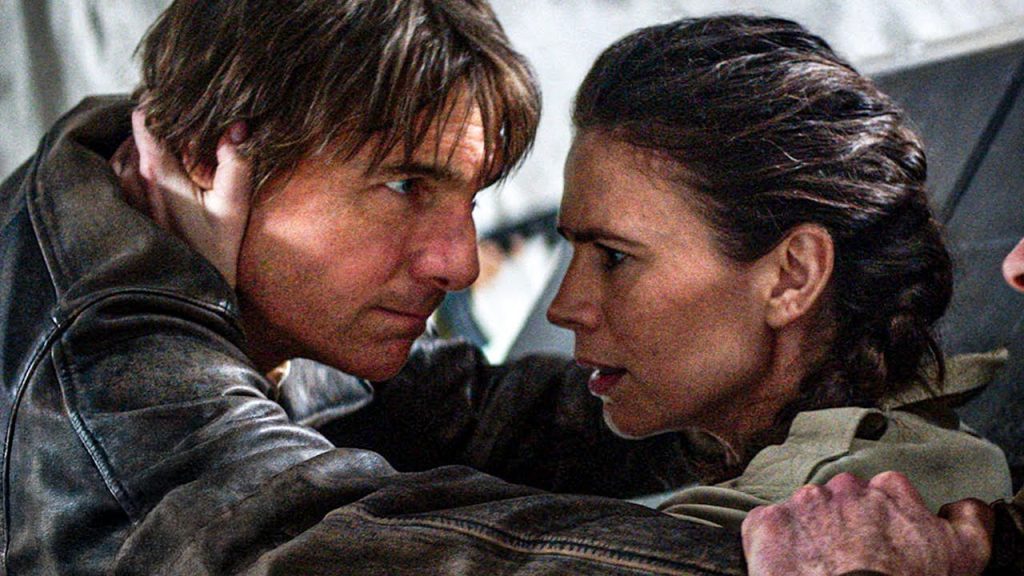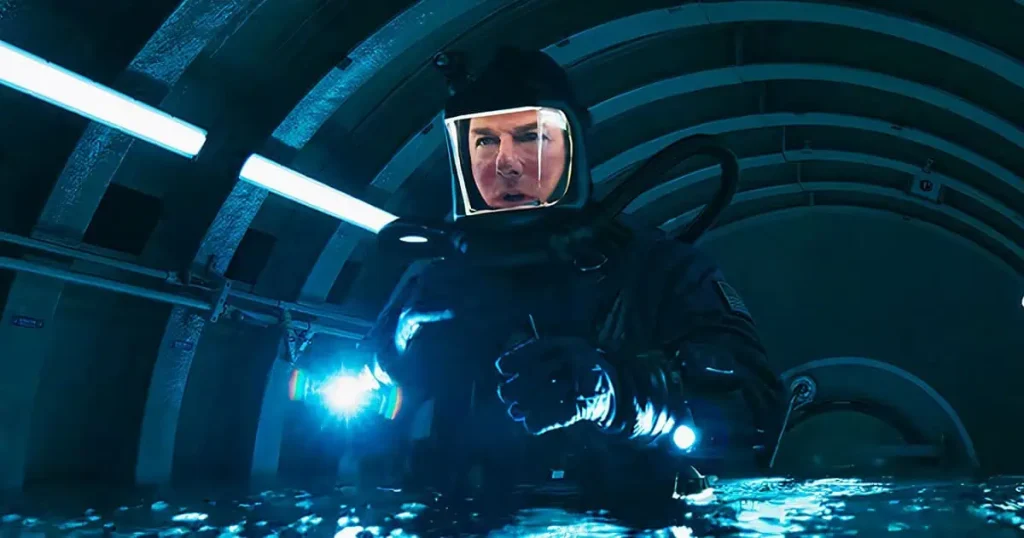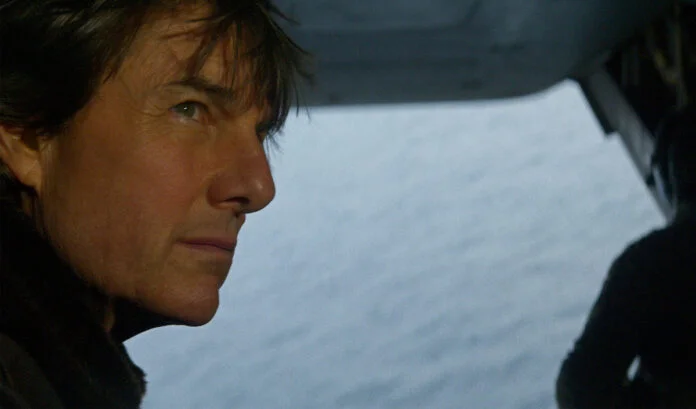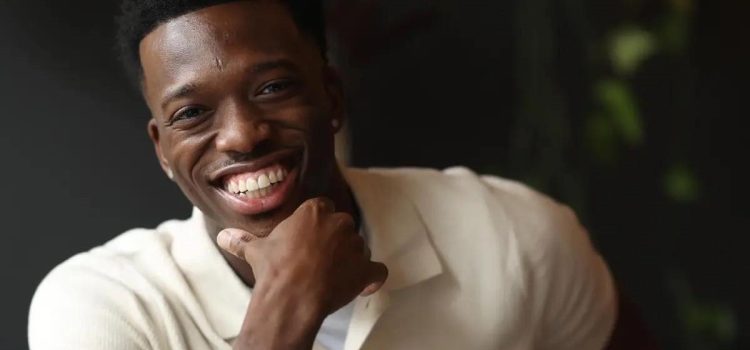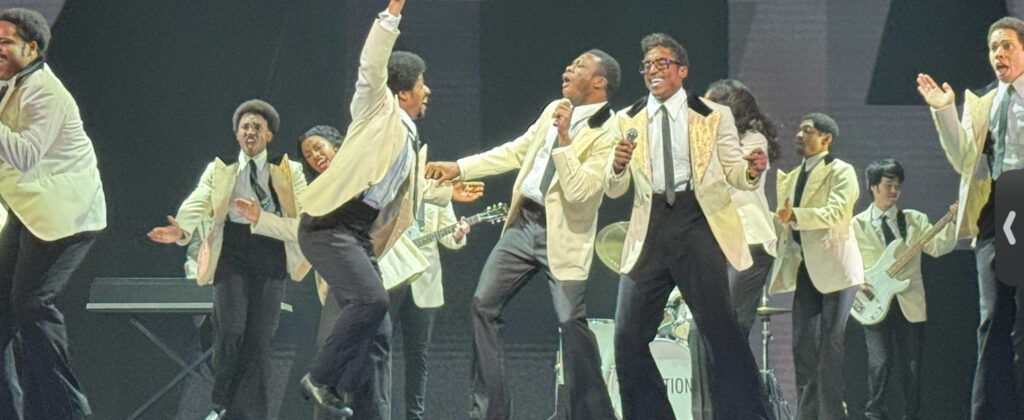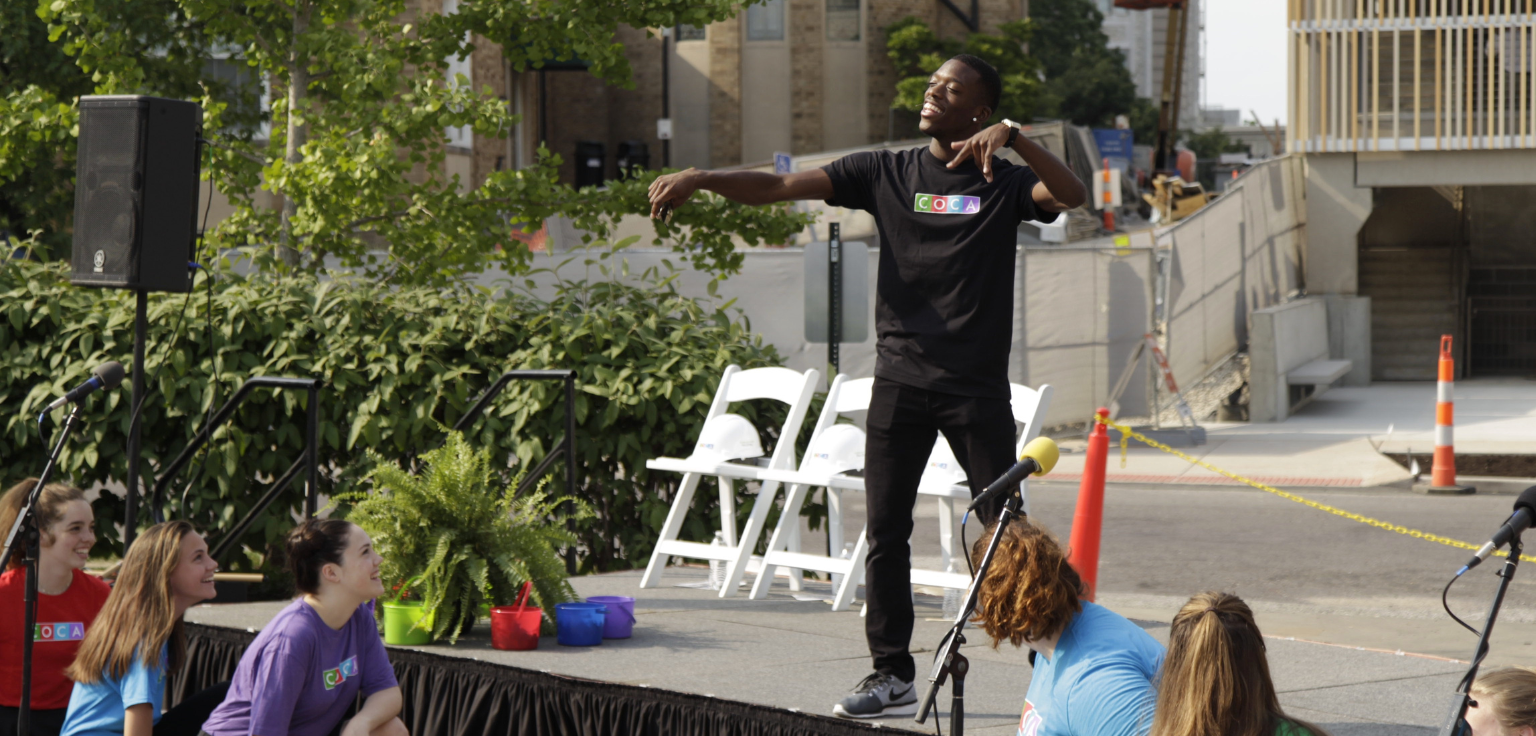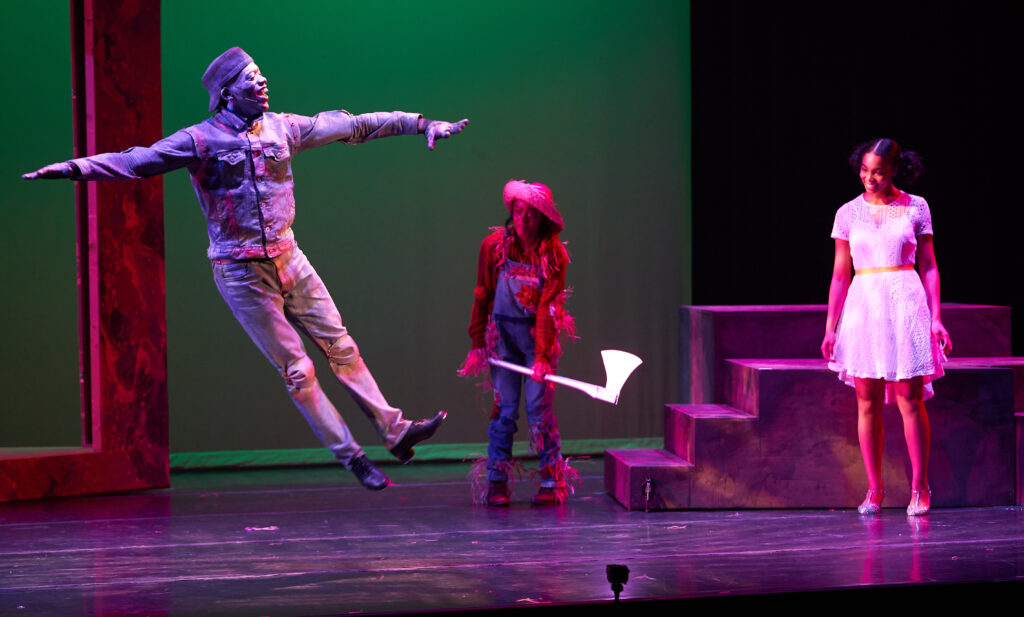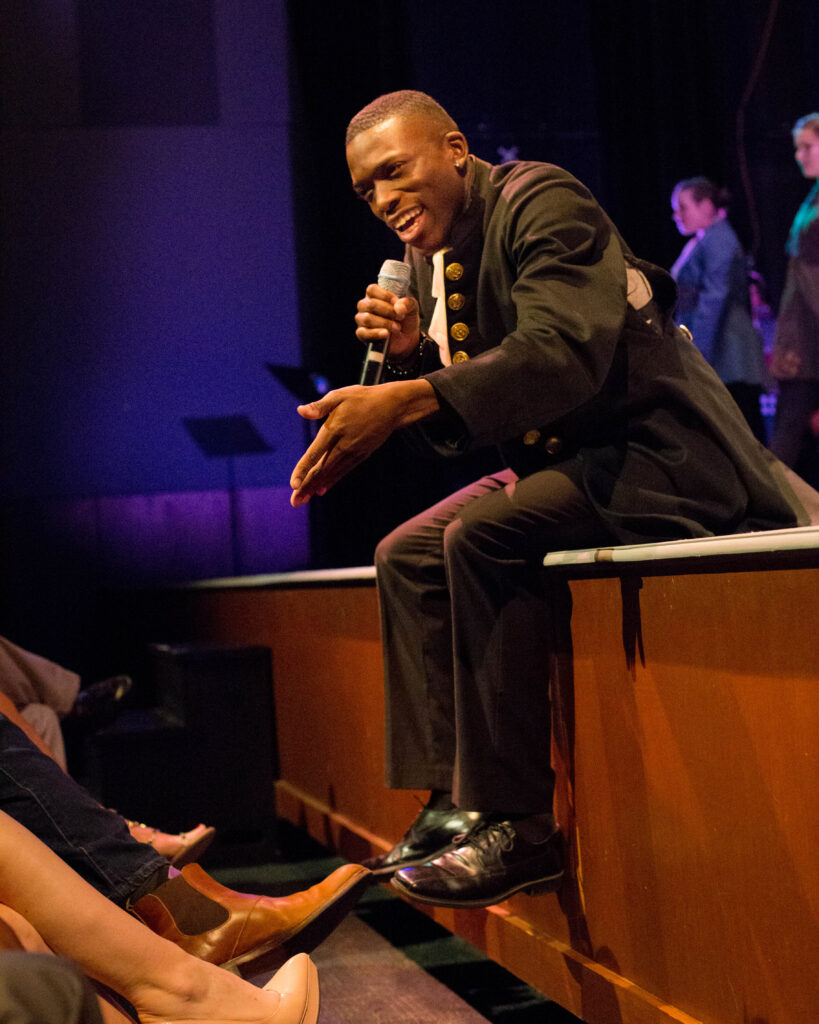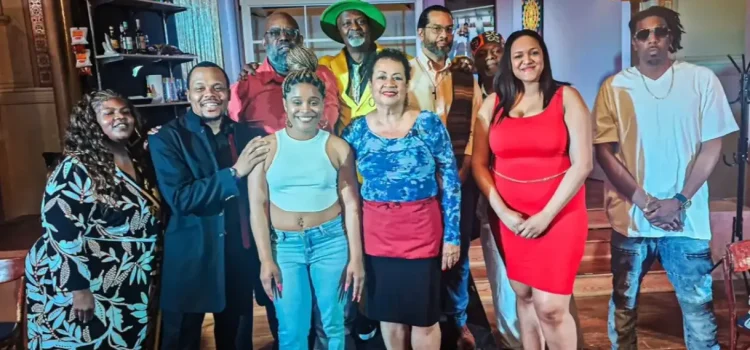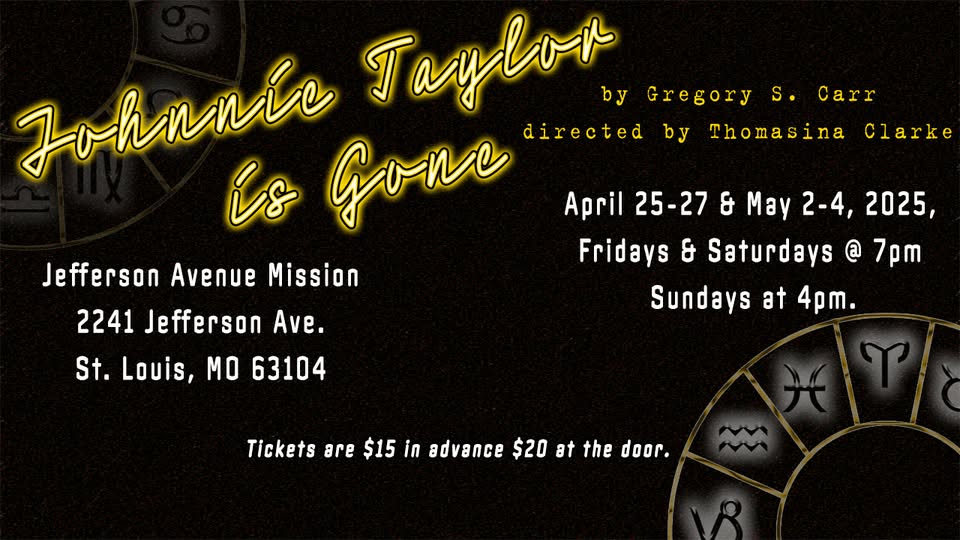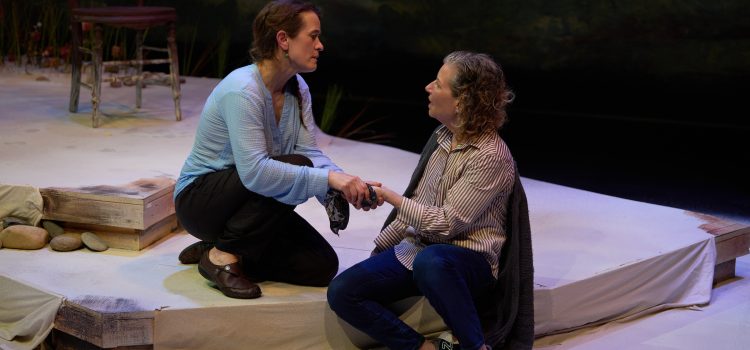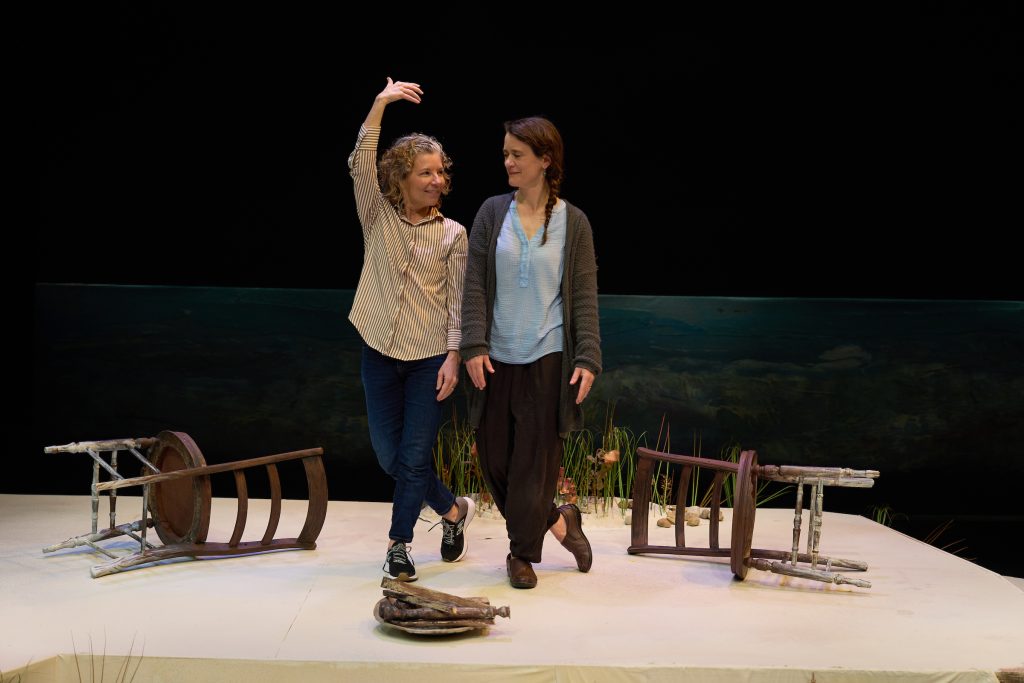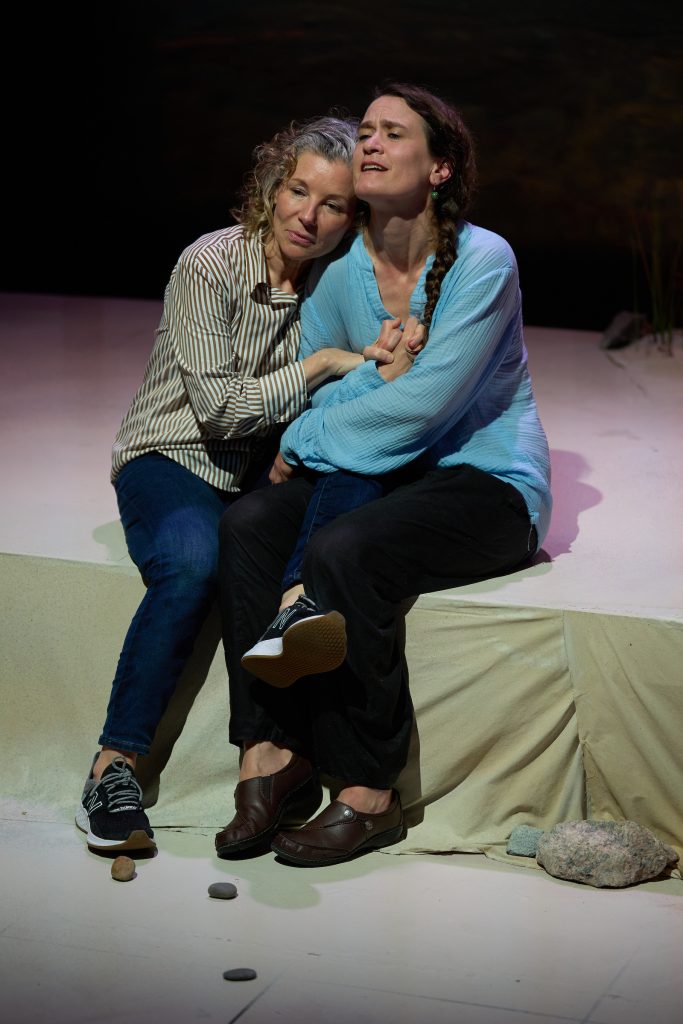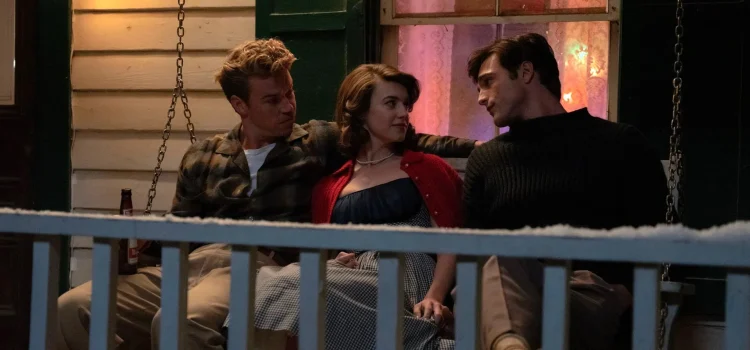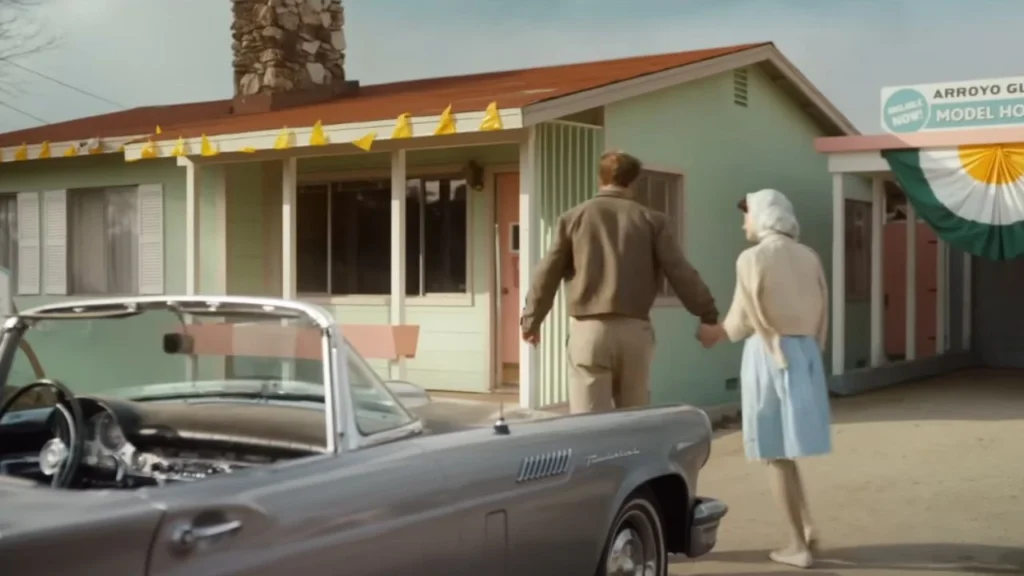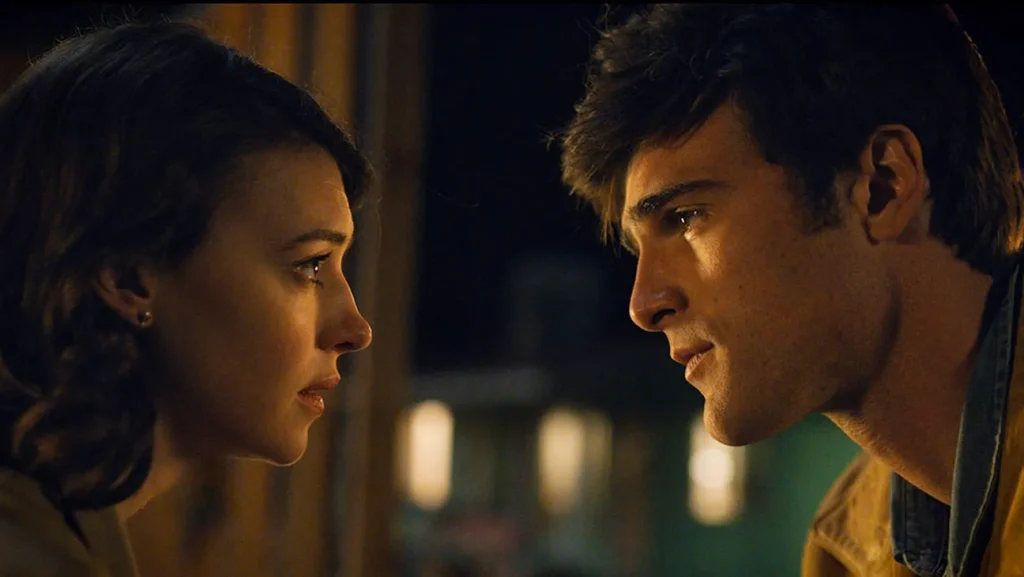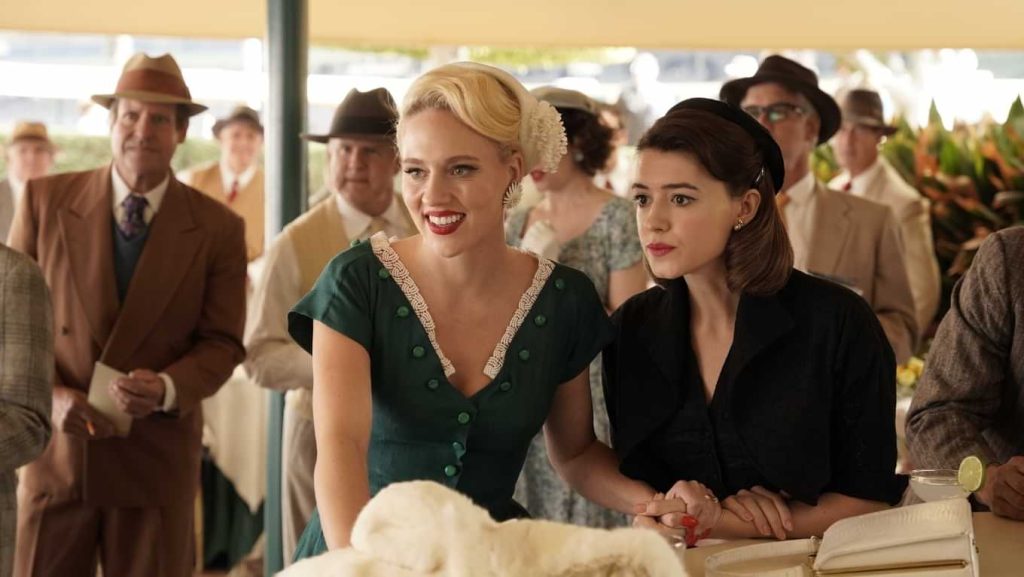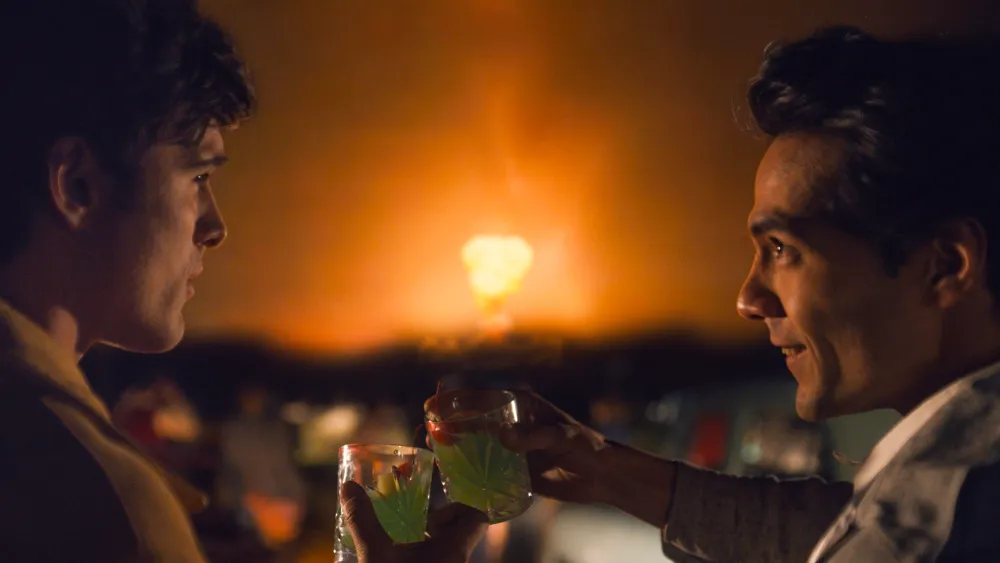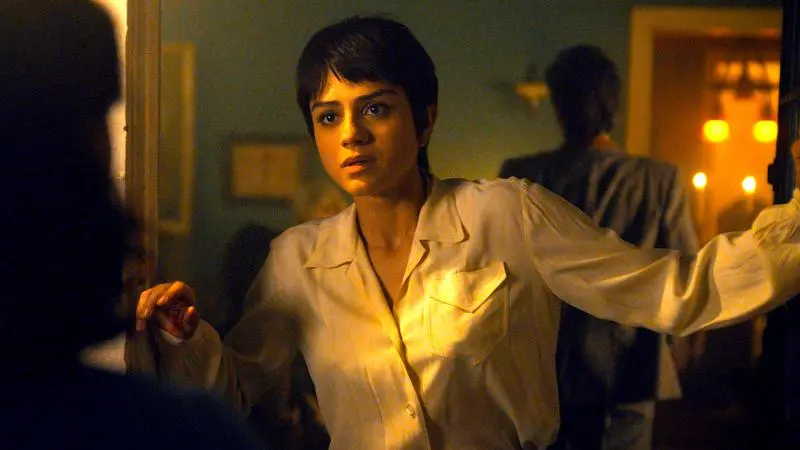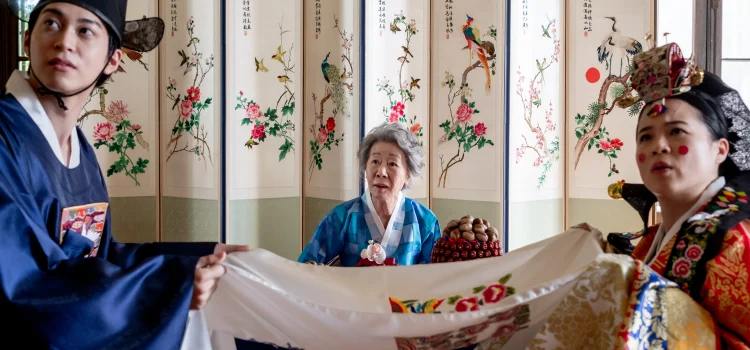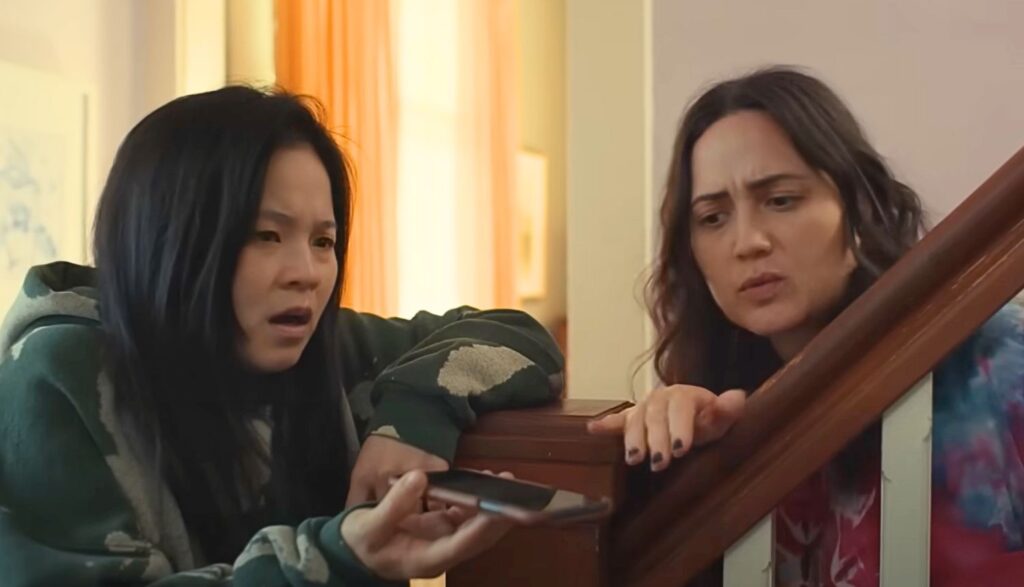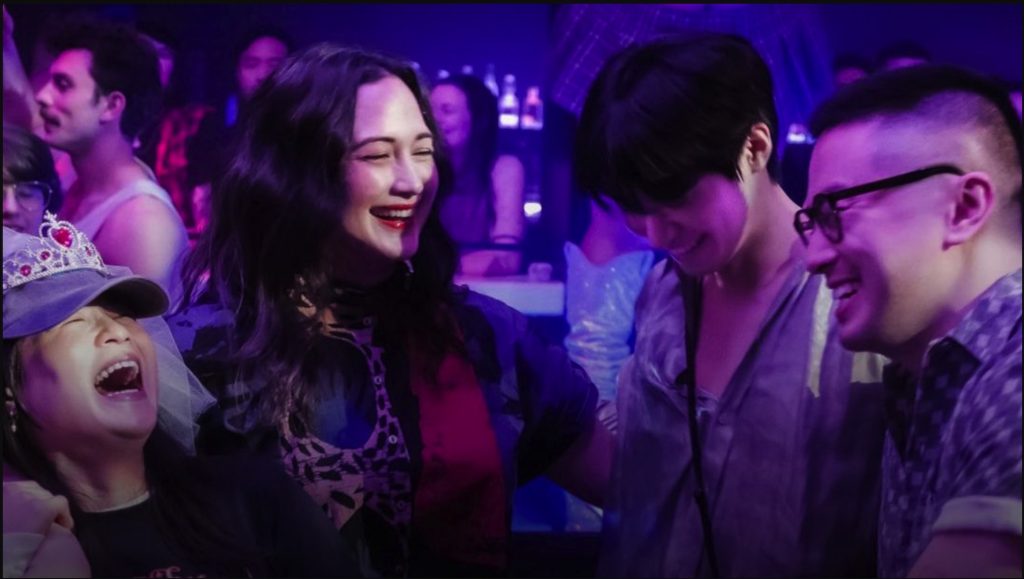By Lynn Venhaus
OK, Boomers. Does “The Heidi Chronicles” retain its bittersweet ‘voice of a generation’ 37 years after its laudable premiere in 1988?
Yes, it does in New Jewish Theatre’s persuasive production now playing through June 15. One woman’s coming-of-age story and her realization of self-worth still hits home.
Under Ellie Schwetye’s perceptive, poignant direction, an exemplary cast breathes life into these well-defined characters with warmth, wit and understanding. They are as resolute as the director and creative team in sharing this quest for fulfillment.
Those of different generations perhaps can relate in a universal parallel lives’ way, for whip-smart playwright Wendy Wasserstein’s entertaining and profound insights endure.
As a fellow child of the 1960s, Wasserstein’s words have always spoken to me. But now, looking in the rear-view mirror, with humor, heart and hindsight, this ensemble’s backbone and boldness was measurable.

Wasserstein, who sadly died of lymphoma at age 55 in 2006, won the Pulitzer Prize for Drama and the Tony Award for Best Play in 1989 for this masterwork. Fun fact: she was the first solo female writer so honored with the award.
Her long-lasting legacy is apparent, creating richly textured characters and the ever-identifiable self-doubts. She also wrote “The Sisters Rosensweig” and “An American Daughter,” plus an under-appreciated Paul Rudd-Jennifer Aniston 1998 movie “The Object of My Affection.” But none landed like Heidi’s story.
As Heidi Holland, Emily Baker’s transformation from awkward schoolgirl to confident feminist who becomes a well-respected art historian over the course of three tumultuous decades, 1965 – 1989, is realistic.
Hopeful in the 1970s but disillusioned in the 1980s, Heidi continues to search for what matters. She is passionate about women artists, informing students of neglected painters and their achievements in a man’s world. That she is fierce about – and good at teaching.
Owning her hard-fought choices, she eventually eschews the super-woman stereotype of yuppie-ism in favor of humanism, individualism and the road she wants to travel. In a discerning performance, Baker displays strength, vulnerability and intelligence.
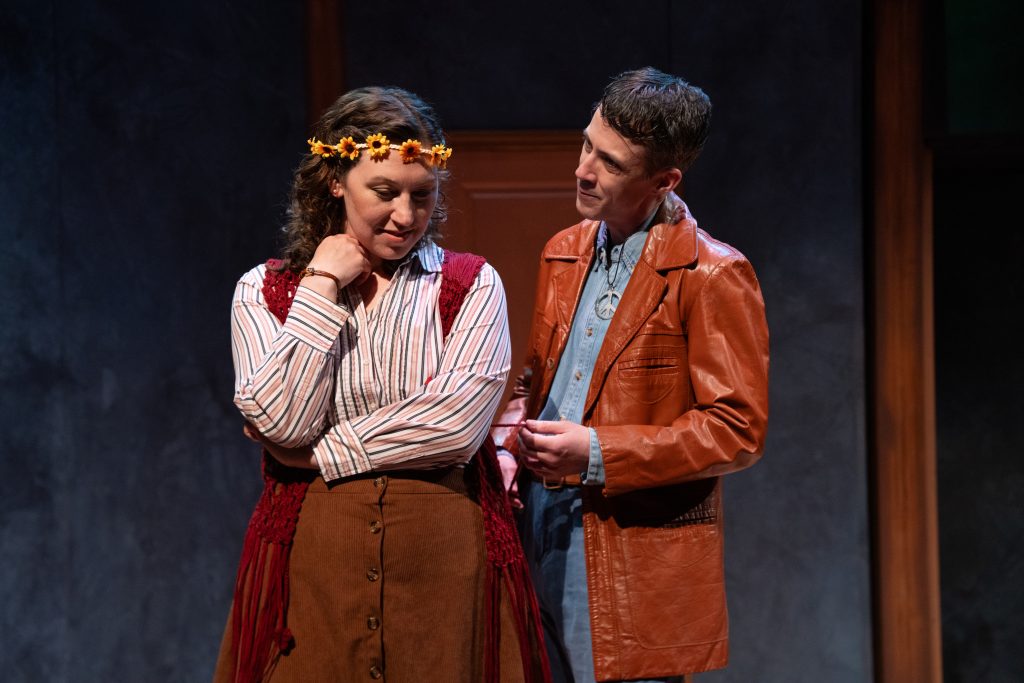
The post-war Baby Boom generation known for navel-gazing and its cultural and societal impact has been analyzed many times, but this is one single woman’s voyage that resonates, and compassion is key.
Wasserstein’s atmospheric look back highlights specific years and events that everyone born between 1946-1964 has etched somewhere in their memory, starting with the agony of a teenage mixer then moving on to college activism, displaying the youthful optimism that presidential candidate Gene McCarthy, who opposed the Vietnam War, sparked in 1968.
That sets the tone for the significant characters who come in and out of Heidi’s life. Her first romance with a smooth-talking heartbreaker, the radical journalist Scoop Rosenbaum, leads to much second-guessing.
As the once-and-future womanizer who sells out for position and money, Joel Moses brings out Scoop’s brash, cocky and opinionated qualities, but also his charm. He winds up a prominent magazine editor who dines at Lutece and steps out on his wife, a children’s book illustrator and mother of his two children. But he and Heidi have always had a testy but candid connection.
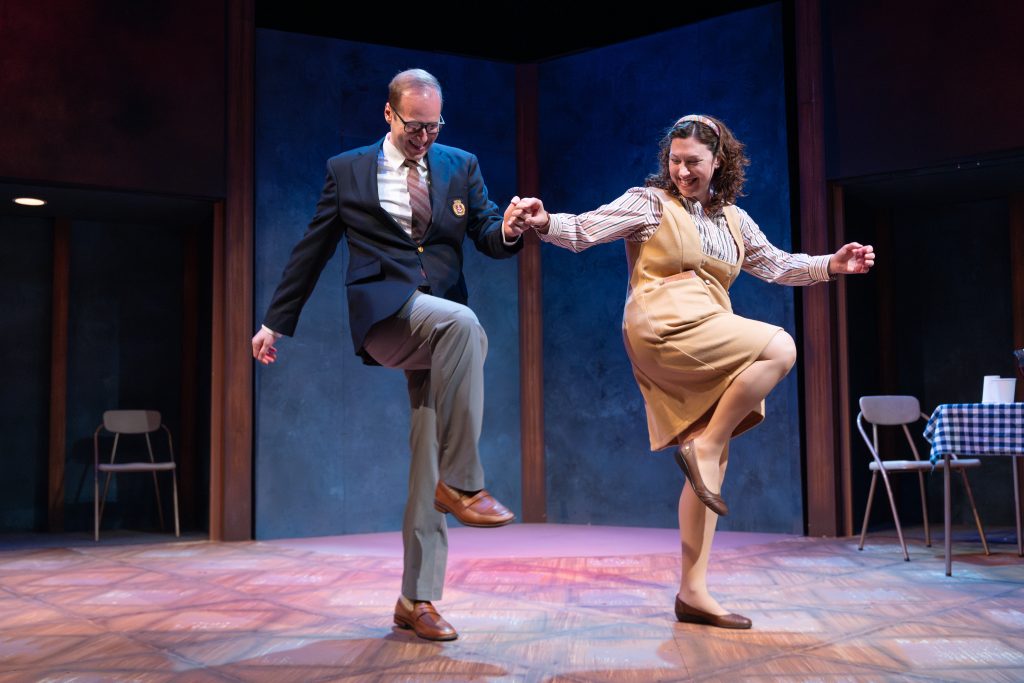
The one constant male in her life is stand-up guy Peter Patrone, a gay pediatrician she met when they were young, and they instantly bonded over snappy repartee. Will Bonfiglio adds nuance to the earnest doctor, for they don’t ignore the scariness and worry during the AIDS epidemic. He shares his concerns with sympathetic Heidi.
Wasserstein selected touchstones as turning points. Her militant feminist friends gather for urgent consciousness-raising (IYKYK) during the growing women’s movement. They also attend baby showers and weddings.
The tides change when her successful friends that once rejected materialism to emphasize social responsibility now care about being seen and embrace status symbols in the 1980s.
Kelly Howe is delightful as Heidi’s trendy best friend Susan Johnston, who knows how to flirt and roll up her skirt in the school gym, throws herself into activism, then achieves major success as a Hollywood producer. They no longer have much in common but past loyalty.

Besides the four main actors, there are four others who capably play 16 supporting roles. Courtney Bailey and Ashwini Arora provide much comic relief, most notably Bailey as mother-to-be Jill and Scoop’s bride Lisa.
Arora is amusing as April, a vapid preening TV host, but as radical lesbian Fran, ready for liberation – or unleashing – in society, she is hilarious. “Either you shave your legs, or you don’t,” she says at the women’s meeting.
Wearing New Wave shoulder-padded power suits and colorful attire, Paola Angeli is a hoot as Susan’s and April’s assistants, and in the female gatherings as a friend. In addition, Bailey is Debbie and Arora plays Molly and Betsy.
Joshua Mayfield smoothly tackles five parts, including schoolmate, activist, waiter and boyfriends.
One of the funniest scenes is a morning talk show set, with guest appearances by Scoop, Peter and Heidi on “Hello, New York,” and how they handle the host’s superficial questions. The trio’s body language says so much about their characters.
The politics, music and fashions convey Heidi’s rapidly changing world and Schwetye’s vision is a keen lens into the time. She served as sound designer too, and her selections are a superb life soundtrack.
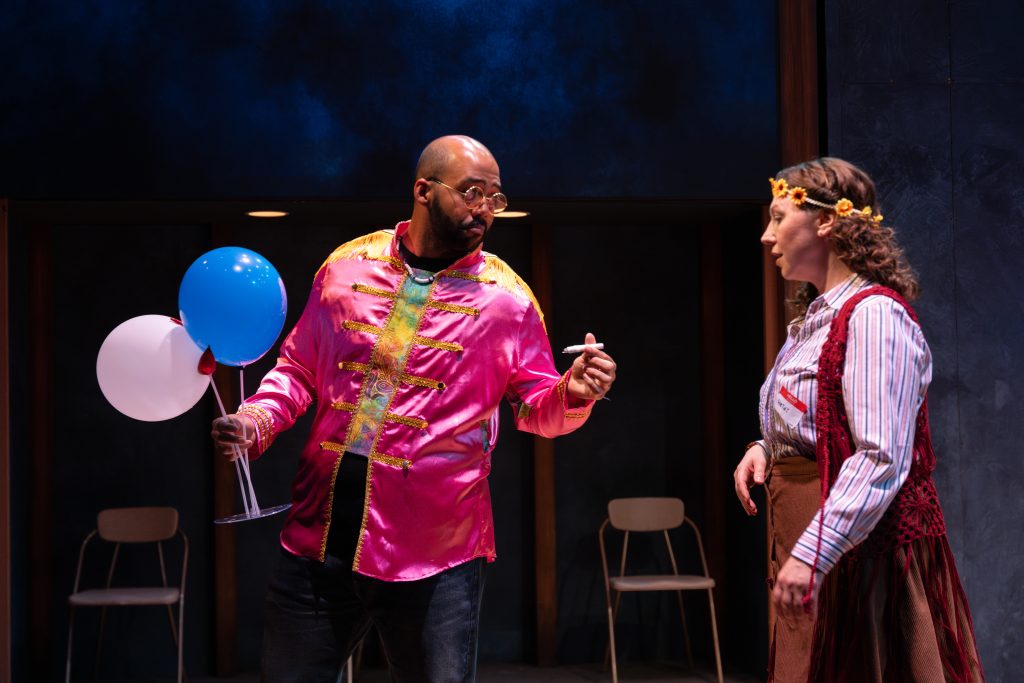
Showcasing seminal moments, like Nixon’s resignation in 1974, John Lennon’s murder in 1980 and the Berlin Wall being torn down in 1989, sets the moods. Kareem Deanes handled the demanding video projections with flair and Michelle Friedman Siler’s costumes splendidly define the personalities and the periods. It was as if she raided my old closets.
Inventive scenic designer Patrick Huber expertly handled the demands of apartments, Plaza Hotel, pediatric ward, restaurant and TV studio with nifty features. He also skillfully designed the lighting. Props supervisor Katie Orr did a swell job gathering items to decorate a doctors’ waiting room and gift-wrapped baby presents.
By the time we get to Heidi’s speech, “Women, Where Are We Going?” at an alumnae luncheon where she is the keynote speaker, she wants to cut through all the greeting-card platitudes that have ruled the narrative for all good girls. It’s an honest outpouring, sharing frustrations, aggravations and confusion.
Women of The Me Generation wanted it all but discovered there were personal costs and sacrifices to be made. Yet, found that forging one’s own path was possible. At last, Heidi chooses herself – and also finds comfort in knowing her friends have become her family.
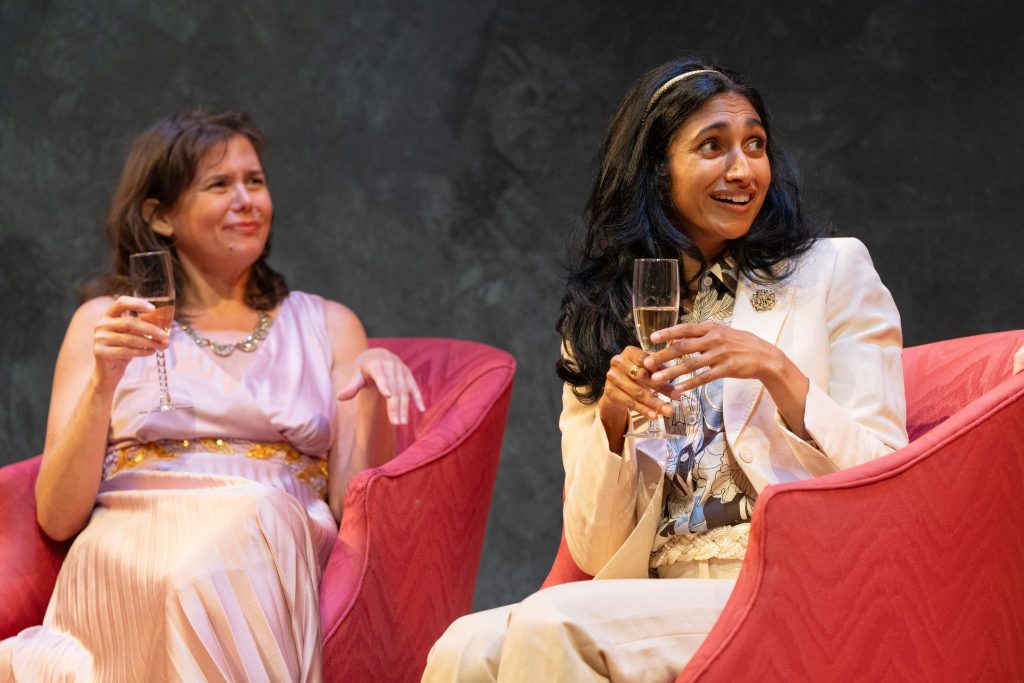
Not seen on a local professional regional stage since The Repertory Theatre of St. Louis in 2007, this was a welcome reminder of the past, present and possible future.
With its potent performances and humor shaped through flawed characters, sarcastic remarks and uncertain times, this “The Heidi Chronicles” unequivocally states its relevance.
One glorious takeaway is that contemporary women’s roles are ever evolving, and when it seems that progress is stymied, we should remember we stand on the shoulders of giants, and can lead the charge into the future supporting uncommon women of any age and their choices.
The New Jewish Theatre presents “The Heidi Chronicles” from May 29 to June 15 at the Wool Studio Theater, 2 Millstone Campus Drive, Creve Coeur, Mo. Performances are on Thursdays, Saturdays, and Sundays. There is an additional show on Wednesday, June 4. Show times and tickets are available online at newjewishtheatre.org or by phone at 314.442.3283. NJT’s 2025 Season is generously sponsored by Mary Strauss. The play is 2 hours and 15 minutes long, with a 15-minute intermission.
Sunday, June 8 – Post-Show Talkback with the Director and Cast. Join members of the cast and crew following the 2pm performance for an engaging post-show discussion on the creation of NJT’s special production.
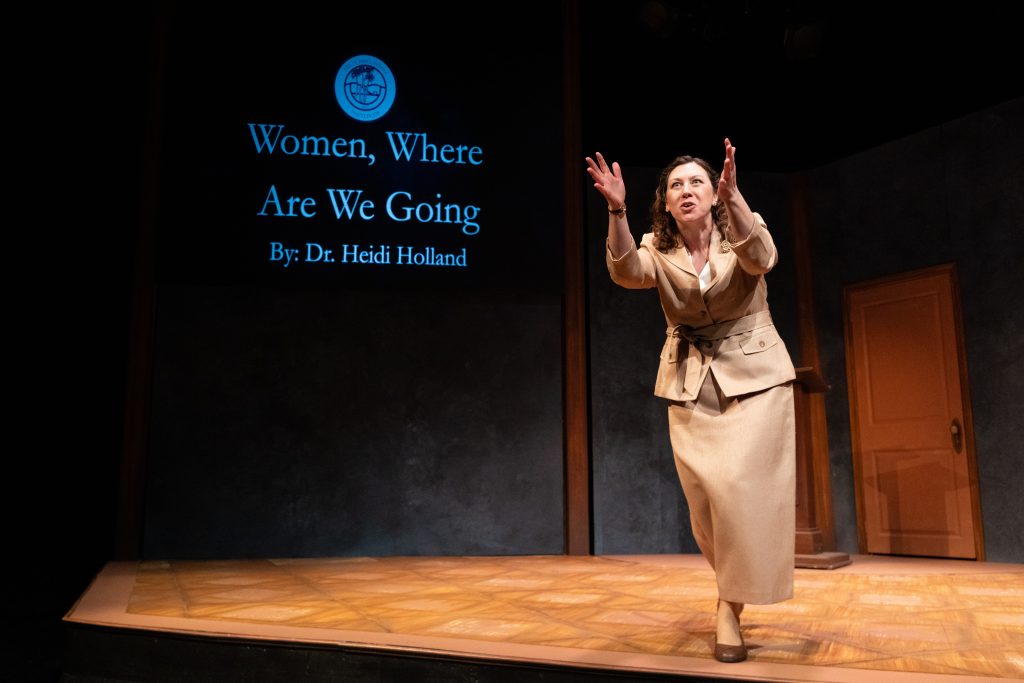

Lynn (Zipfel) Venhaus has had a continuous byline in St. Louis metro region publications since 1978. She writes features and news for Belleville News-Democrat and contributes to St. Louis magazine and other publications.
She is a Rotten Tomatoes-approved film critic, currently reviews films for Webster-Kirkwood Times and KTRS Radio, covers entertainment for PopLifeSTL.com and co-hosts podcast PopLifeSTL.com…Presents.
She is a member of Critics Choice Association, where she serves on the women’s and marketing committees; Alliance of Women Film Journalists; and on the board of the St. Louis Film Critics Association. She is a founding and board member of the St. Louis Theater Circle.
She is retired from teaching journalism/media as an adjunct college instructor.

